Lubricants
OPE – Oxidized Polyethylene Wax
Oxidized Polyethylene Waxes are essential in PVC applications, primarily acting as metal release and fusion aids. They help in the smooth release of PVC products from metal molds, enhancing manufacturing efficiency and product quality by reducing sticking. As fusion aids, they ensure uniform processing by promoting better fusion in PVC compounds, leading to improved mechanical and aesthetic qualities.
Beyond PVC, these waxes are highly versatile, used across industries such as coatings, adhesives, and rubber. Their lubricating properties enhance surface smoothness in coatings, while in adhesives, they improve flow and bonding strength. In rubber, they stabilize compounds, maintaining performance and integrity. Their ability to provide lubrication and stabilization makes them an invaluable choice for various industrial applications.
The product line categories are:
- LDPE Wax (merKon L-629): Low density oxidized polyethylene homopolymers are used in coatings as a rheological aid. They are also used as metal release agents in PVC and as pigment dispersing agents for color masterbatches. They can also be used in aqueous applications, such as textiles, lubricants, coatings and inks, to lower the COF which provides resistance to mar & abrasion, as well as increased slip.
- HDPE Wax (merKon L-316): High density oxidized polyethylene homopolymers are used as metal release and fusion control agents in PVC formulations. They do not affect clarity in transparent PVC applications and are effective for aiding in processing of PVC regrind. They also find use in water borne coatings and inks, hot melt adhesives where they provide heat resistance, overprint varnishes, polishes and textiles where they improve surface properties such as mar & abrasion resistance by lowering the coefficient of friction. For textiles, sewability and fabric cutting can be improved, helping to extend cutting machine lifetime. They can be emulsified into water if needed due to their acid number (16).

